In the latest update to The Ethical Carnivore project, I eat grey squirrel killed as part of a programme to protect the red population.
Originally, I was going to hold these photos back for a magazine article, but since everyone has been talking about squirrel after George Monbiot ate one he found by the road, I though I may as well enter the fray. Indeed it has even been on Newsnight – as if eating roadkill is more shocking than complete ignorance of some of the factory-farmed animals we eat.
In my opinion, this is how to eat truly ethical squirrel – if you are not lucky enough to find one by the road like George. The Scottish Wildlife Trust is controlling the population of grey squirrels in Dumfries and Galloway to stop the animals taking over the habitat where reds also live. The Red Squirrels in South Scotland programme is also stopping the grey population moving north into the central belt and spreading a pox virus. The virus kills red squirrels but does not affect greys. If it spreads into Scotland it could decimate the red population holding on north of the border.
So far the programme has been a success with The Wildlife Trust claiming that reds in Dumfries and Galloway would be extinct now if the grey population had been allowed to expand.
I joined Richard Thomson and his dog Rory on the Hoddom and Kinmount Estate to check the traps for both grey and red squirrels in the delightfully named Woodcock Air Wood. During the last five years Richard has stopped 600 greys “moving north”.
Amazingly Rory, his faithful dog, has learned to tell the difference between a red and a grey squirrel.
The springer spaniel will bark if it is a grey squirrel, that needs to be dispatched immediately.
But Rory is silent if is a red squirrel and will sit quietly while Richard releases the native species back into the environment. Watching the reds escape is a beautiful moment as they spring out of the trap and sail an unfeasibly long distance, reaching for the next tree.
As soon as he sees a grey squirrel, Richard gently moves the animal to the end of the trap using a piece of plastic. He will then shoot it with a high power single shot air pistol in the back of the head. It is very quick and the most humane way possible environmental groups have developed to control grey squirrel populations. As Richard said to me, it is the most difficult part of his job and he does not enjoy it, but believes he is doing it well. The traps are not left out for more than 24 hours to also reduce the suffering of the squirrels and during that time they have plenty of food.
After watching Richard, I quickly dispatched one squirrel. It was over very fast and I am confident that the animal was killed as quickly as possible. I happen to think greys are also beautiful creatures and only chose to eat one that was being controlled anyway.
In his article, George Monbiot talks about hunters pride. I do not think I have ever felt anything but sadness killing an animal. Yes, I have enjoyed being out in the countryside in the ‘magical hour’ before dawn and I have felt my senses sharpen stalking an animal. But it is only later when I am absolutely sure the job is done well and I am serving my friends good food, that I allow myself a moment of satisfaction.
Richard showed me how to skin the squirrel back at the estate deer larder. The tail is sold for use in flies for fishing. Usually the carcasses are used for further pest control or the pet trade but I took the squirrel I had killed home to cook.
My friend Alison Brierly, who regularly makes squirrel dishes from road kill recommended any satay recipe so I chose a Nigella special, using peanut butter and lots of spices.
It was delicious and went down well with my guests, even though the portions were small.
Despite the comments on George Monbiot’s post, which make for some quite extraordinary reading, no one was bothered that is was a free range squirrel rather than a battery chicken.
Do comment below if you would like to get involved in the debate. As well as squirrel, I have been learning to kill and cook other wild game as well as visiting farms and processing plants to see how livestock like cows and chickens arrive on our plates.

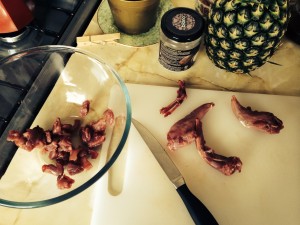
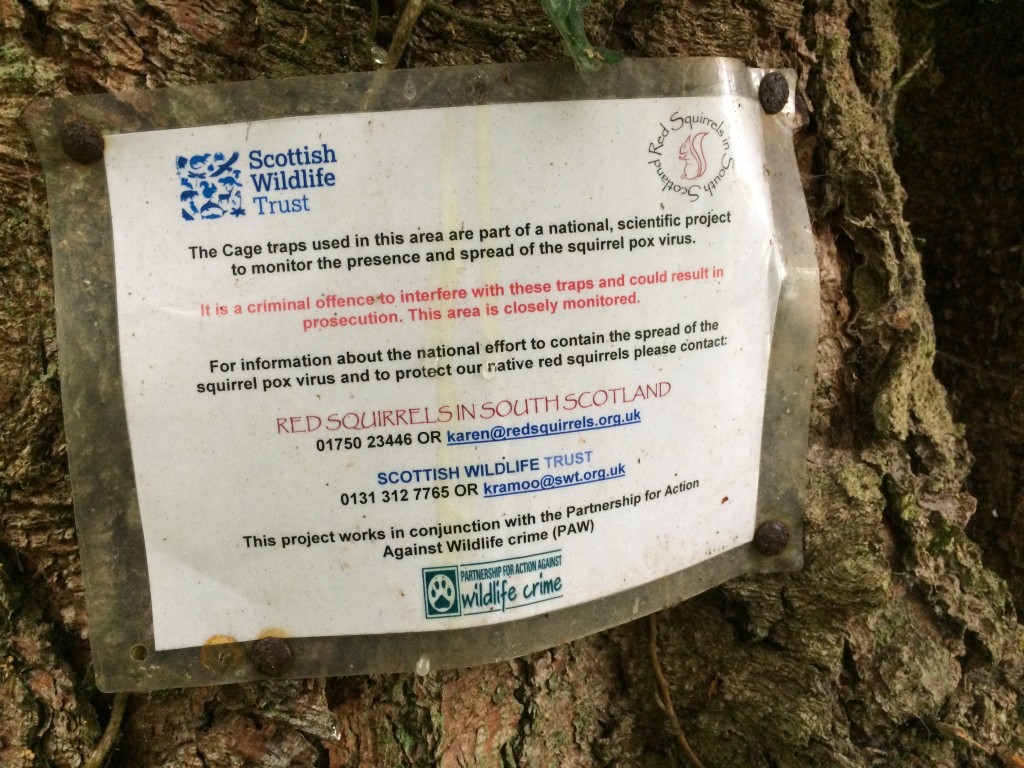
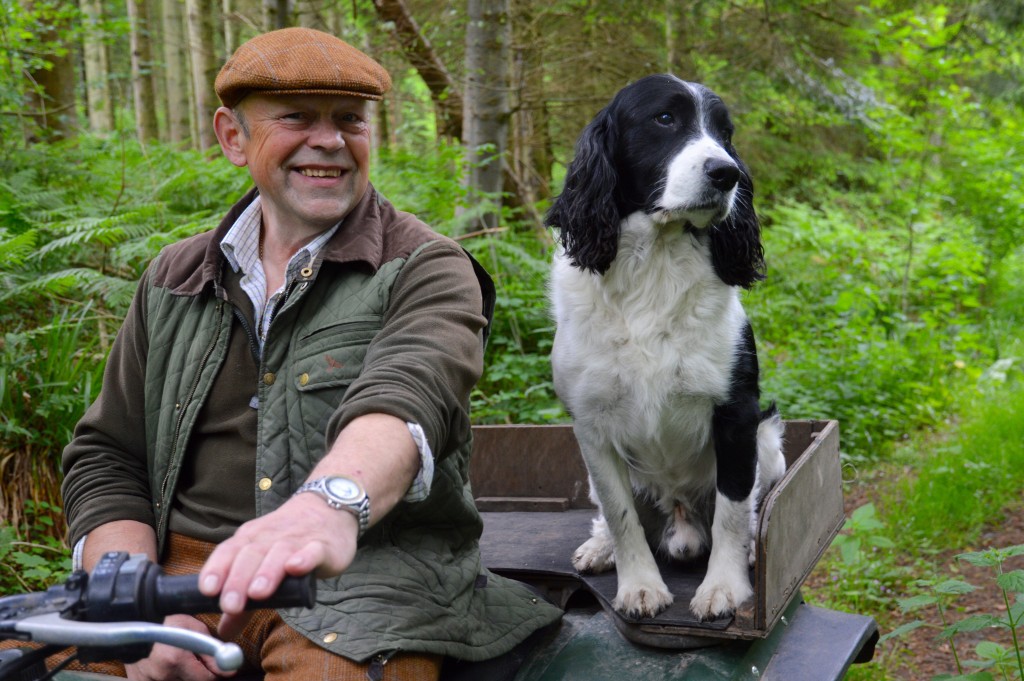
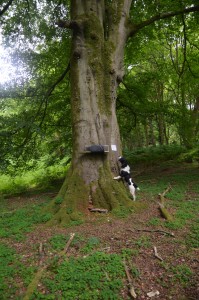
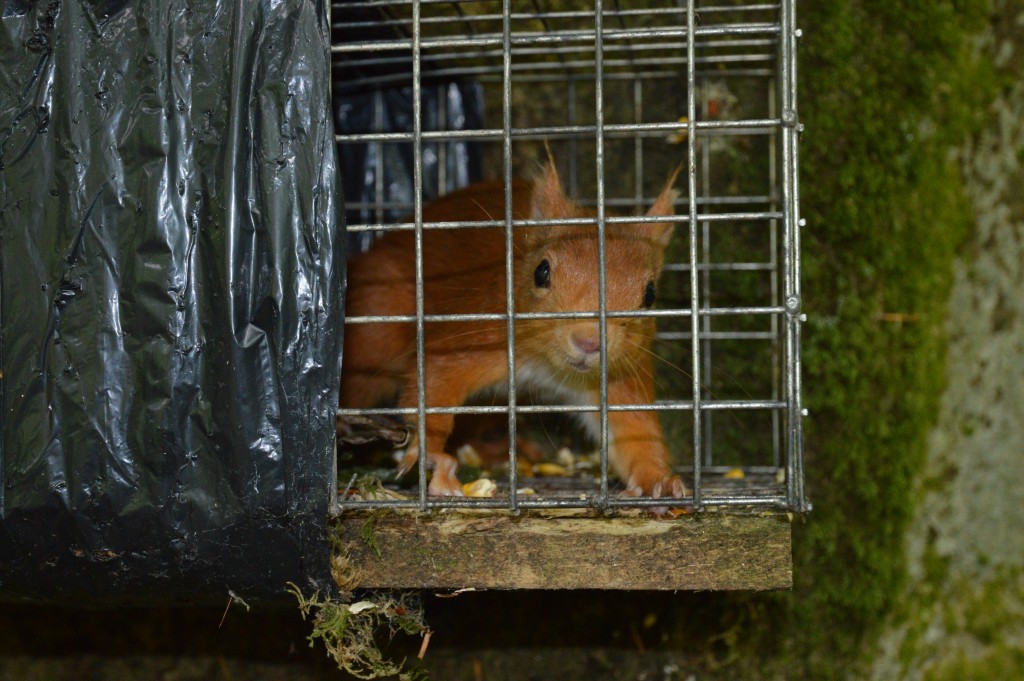
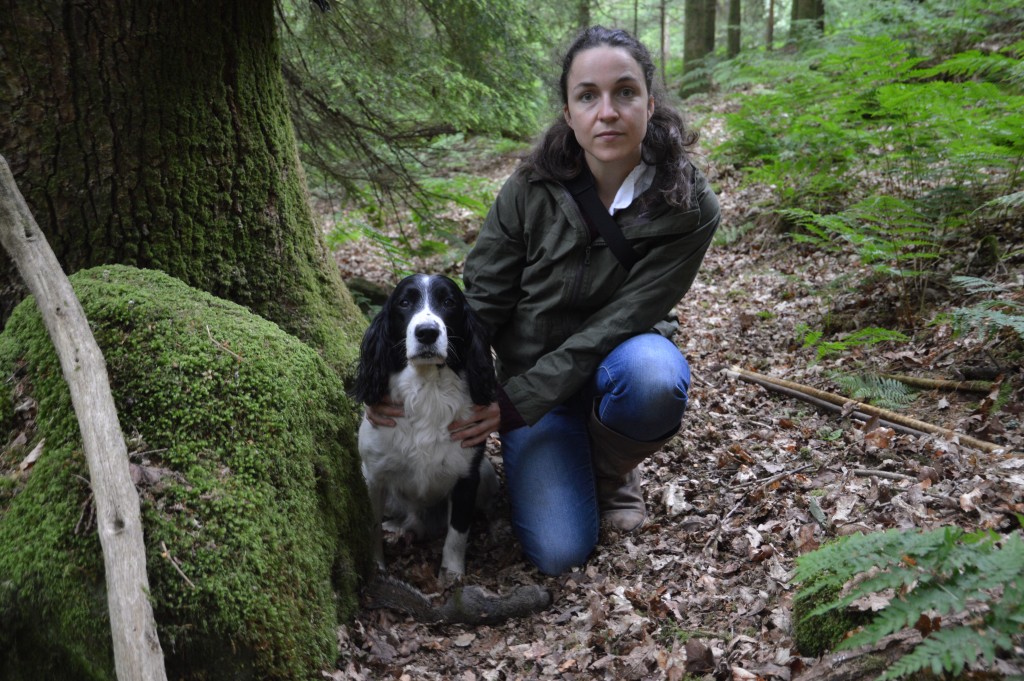
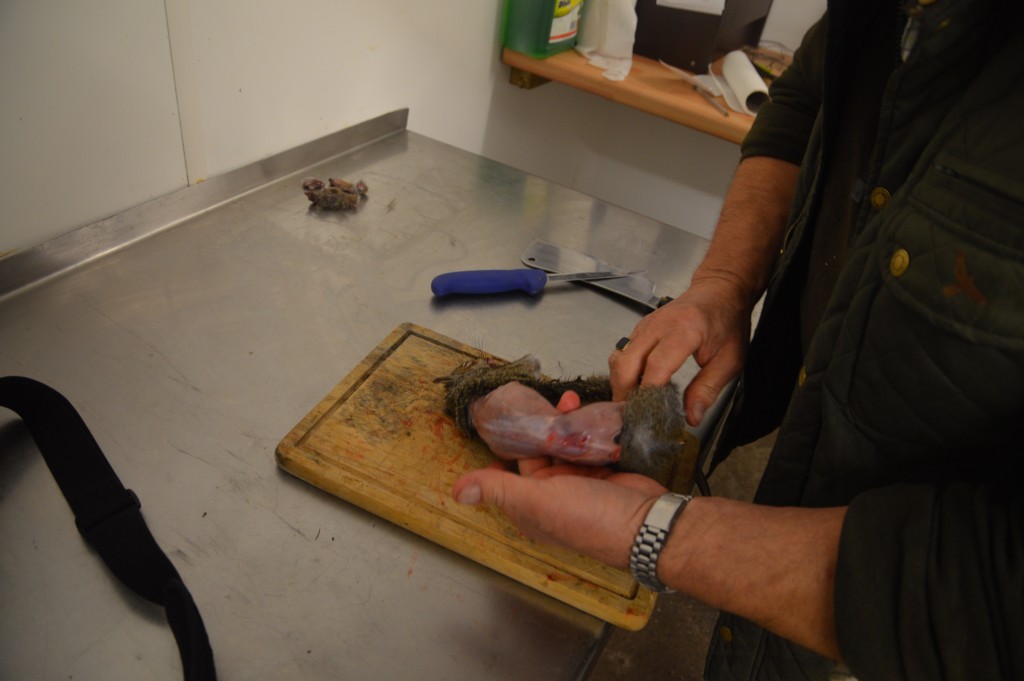
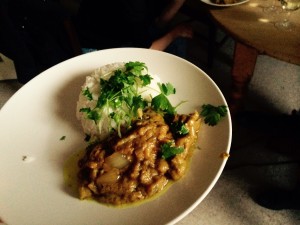
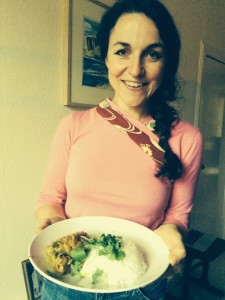
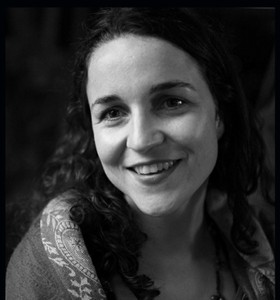
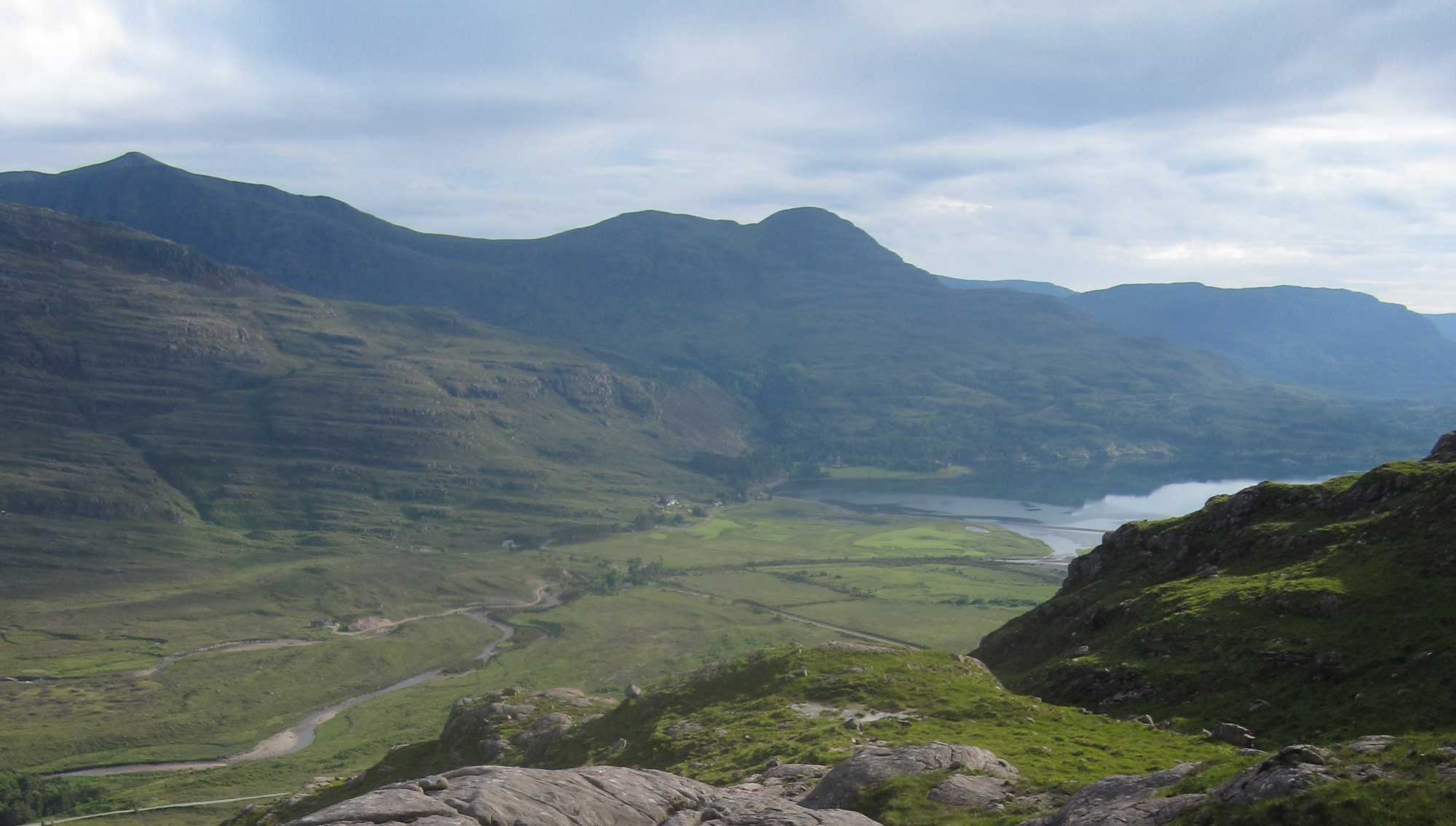
The greylag geese on Uist are a problem but breasts aside, they aren’t easy to cook.
I hope to go wildfowling later in the year and get a goose for Christmas – then you have to cook the whole bird! Ideally, I’d like to get a goose that is causing a problem to farmers, so would be shot anyway. My friends Abby and William Alldis on the Isle of Lewis have offered to help. https://theshotgunchef.wordpress.com/about/ Another option is talking to SNH about the geese that are causing a problem on Orkney. Any other suggestions welcome!!
Nice piece! I included the link to it on my piece about squirrels and rabbit recipes and ethics et al at https://kitchencounterculture121.wordpress.com/2015/08/30/squirrels-as-ethical-meat-recipe-ideas/